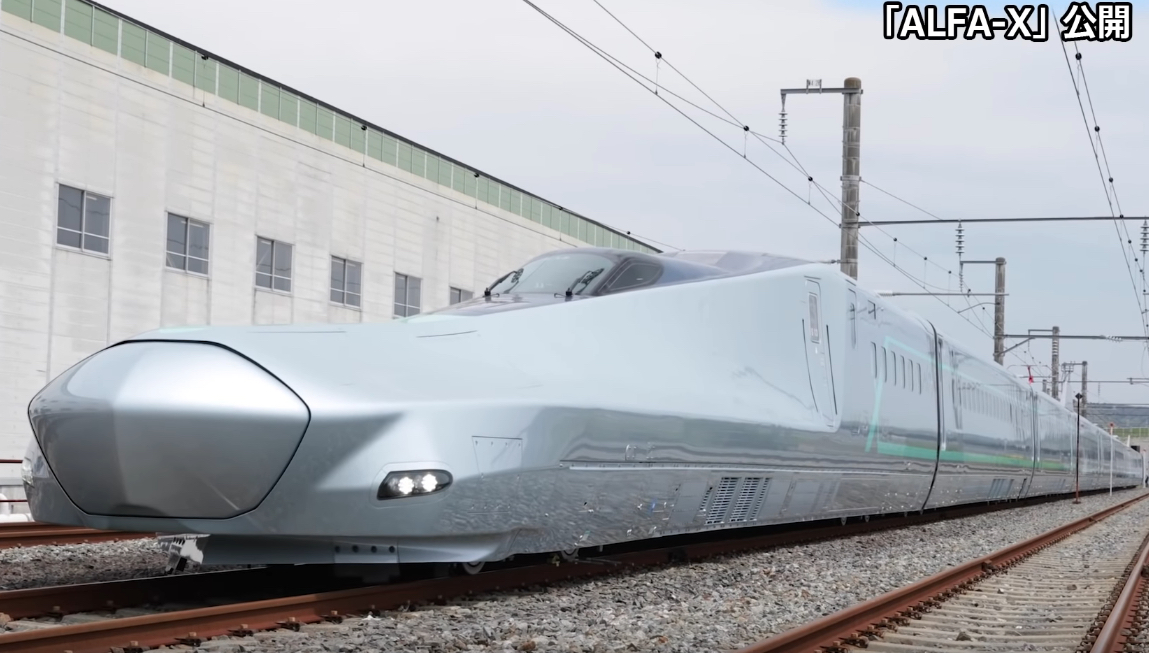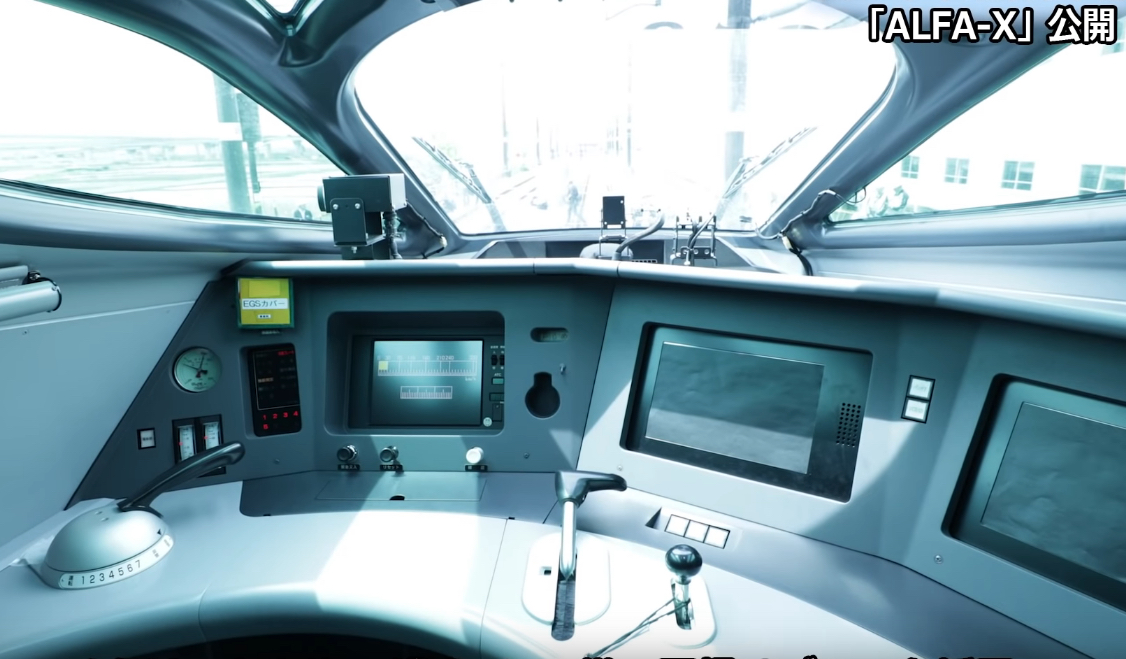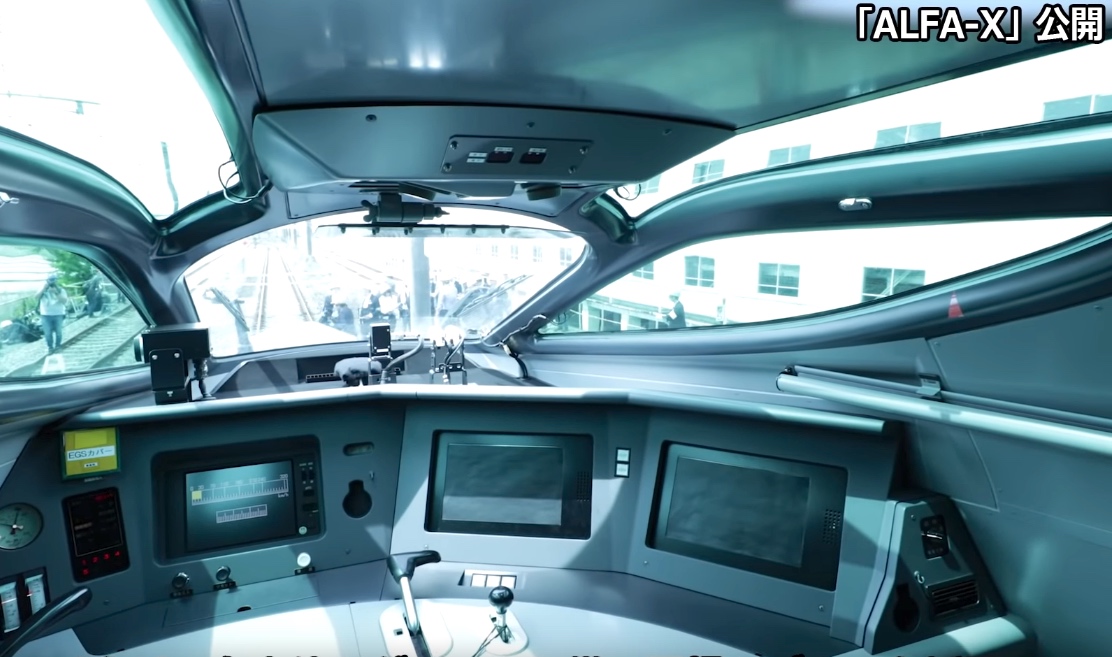Japan has started testing the latest version of its high-speed bullet train.
Each new generation of Shinkansen, as it’s known locally, brings with it a design even more dazzling than the one that came before, and the new Alfa-X, which stands for “Advanced Labs for Frontline Activity in rail eXperimentation,” is certainly no exception. For starters, check out the extraordinary front car — at 22 meters, Japan Railways’ next-generation bullet sports the longest, sleekest nose ever seen on a train.
The fastest bullet train in operation today travels at almost 320 kmh (198 mph), but the Alfa-X— or E956 Series to give it its official name — will whisk passengers along at a breathtaking 360 kmh (224 mph). During the test phase, however, Japan Railways hopes to push the Alfa-X to speeds of 400 kmh (248 mph).
It’s set to become the fastest commercial train service in the world, though Shanghai’s maglev train, which admittedly uses different technology, carries passengers at an even greater speed of 431 kmh (267 mph).
The high speed of the Alfa-X has been made possible by reducing the weight of the train’s components, Nippon.com reports. Work has also gone into reducing train noise inside and out, and, for an even smoother ride, new vertical vibration dampening devices have been introduced to accompany the existing lateral ones. As for that extraordinary 22-meter-long nose, it’s been designed that way to reduce the pressure waves that are created when entering tunnels at high speed.

In a country that has to deal with the constant threat of earthquakes, the Alfa-X also incorporates new “anti-earthquake dampers” that automatically activate in response to strong tremors to stabilize the train’s movement and prevent it from toppling off the track. Bullet trains brake automatically and rapidly when nearby tremors occur, but the new dampers will help to improve stability not only as it’s moving, but also after it comes to a complete stop.
The high-speed Alfa-X will serve routes in the region of Tohoku, east of Tokyo, and north to the island of Hokkaido, though years of rigorous testing mean it won’t start carrying paying passengers until 2030.
Japan is also developing a high-speed maglev train. Using powerful magnets for levitation and propulsion, the train has already reached speeds of 603 kmh (375 mph) in testing, though a commercial service isn’t expected to launch until 2027 at the earliest.
Updated on May 13, 2019: Added new images and information on the start of tests.





